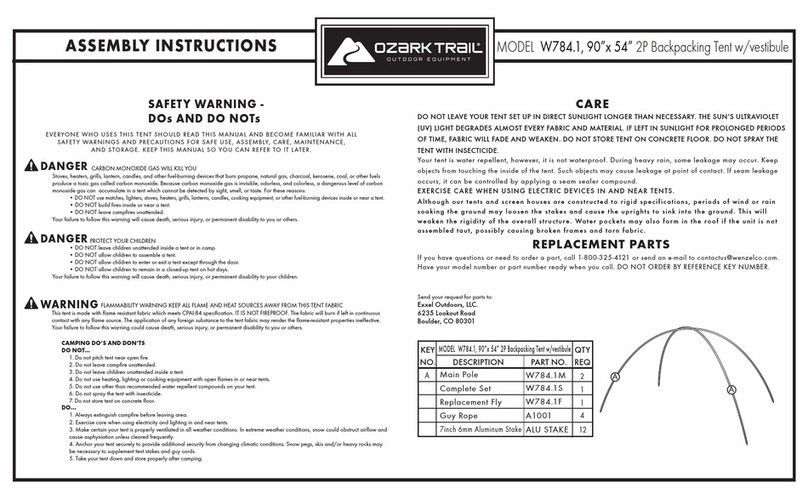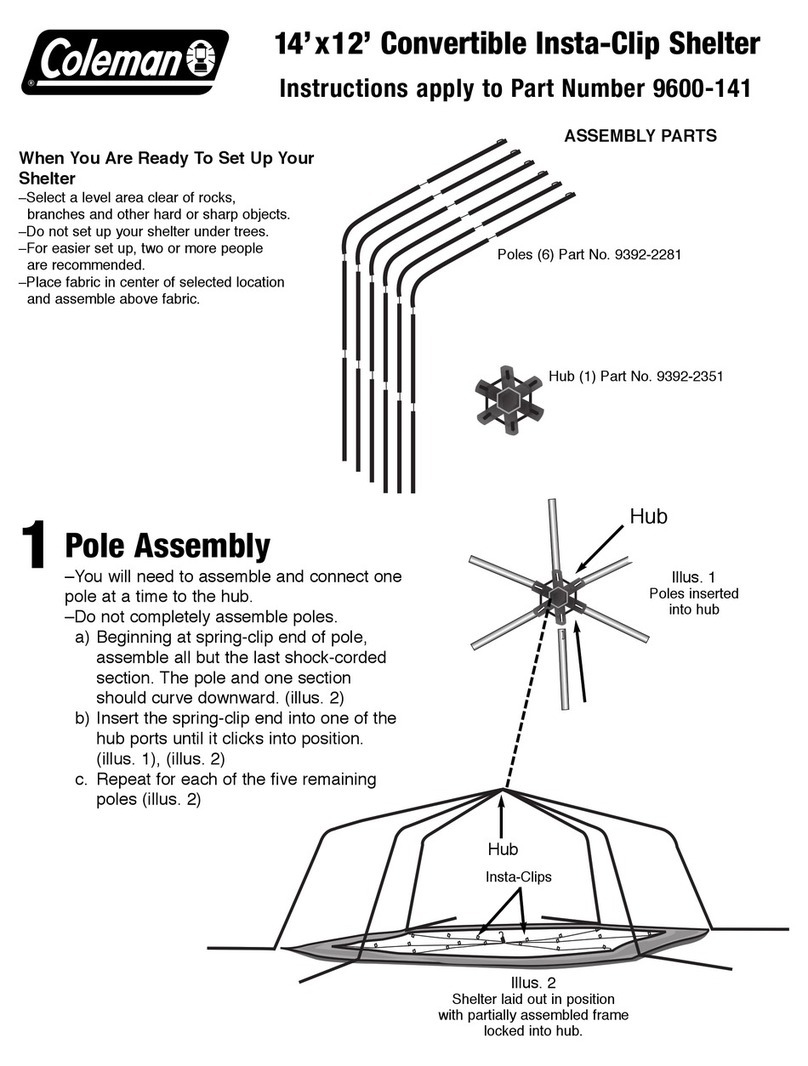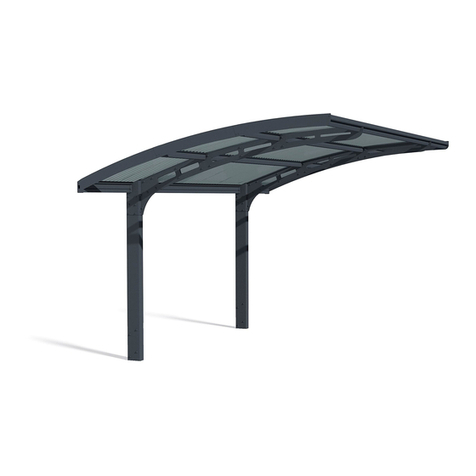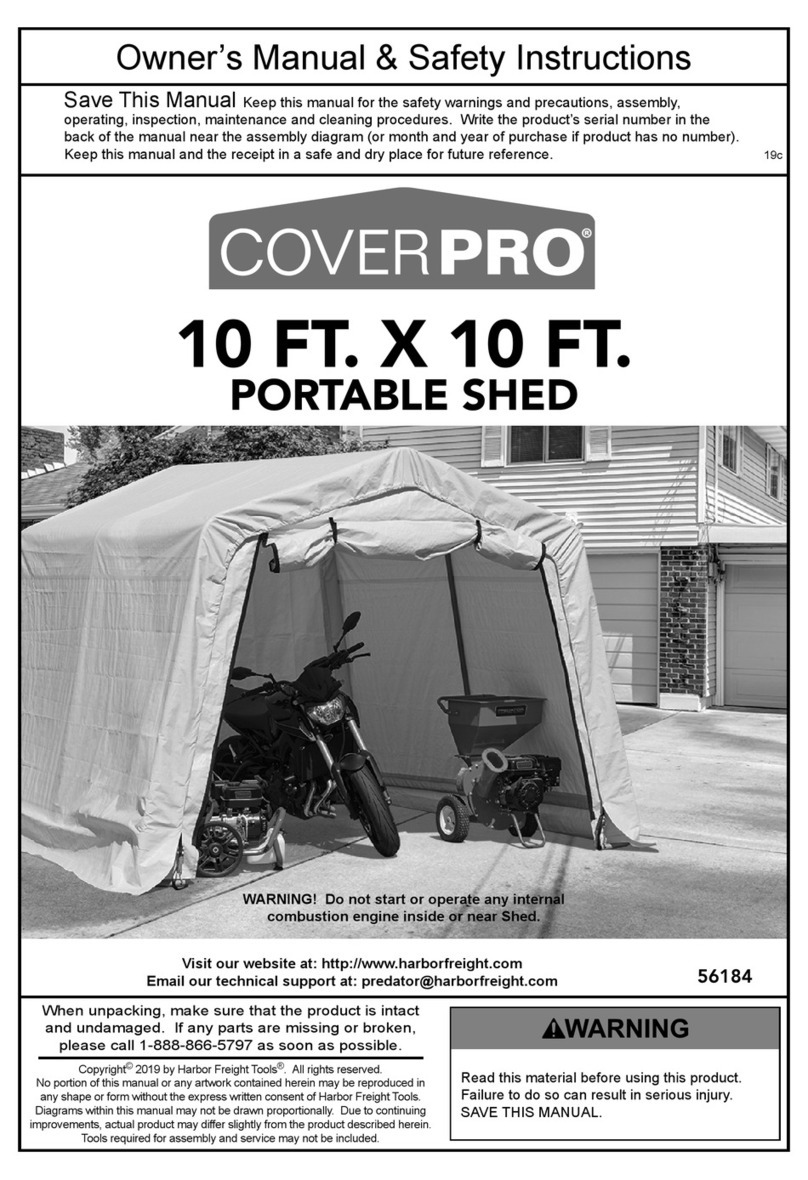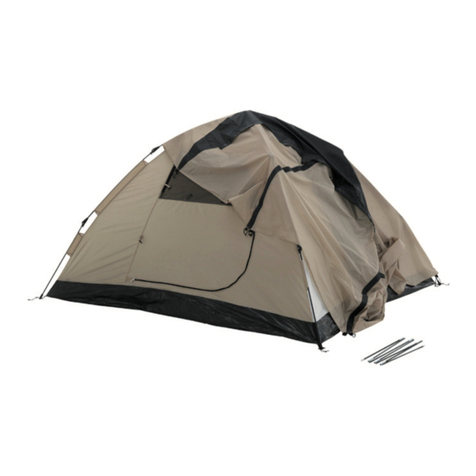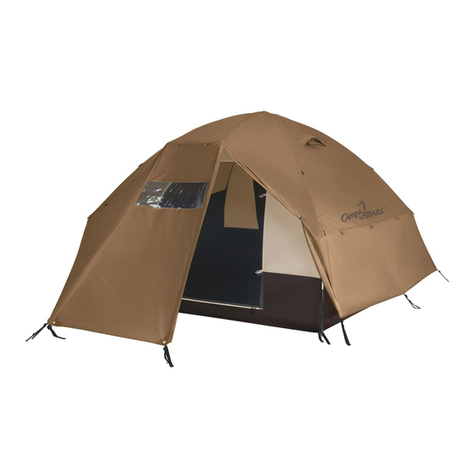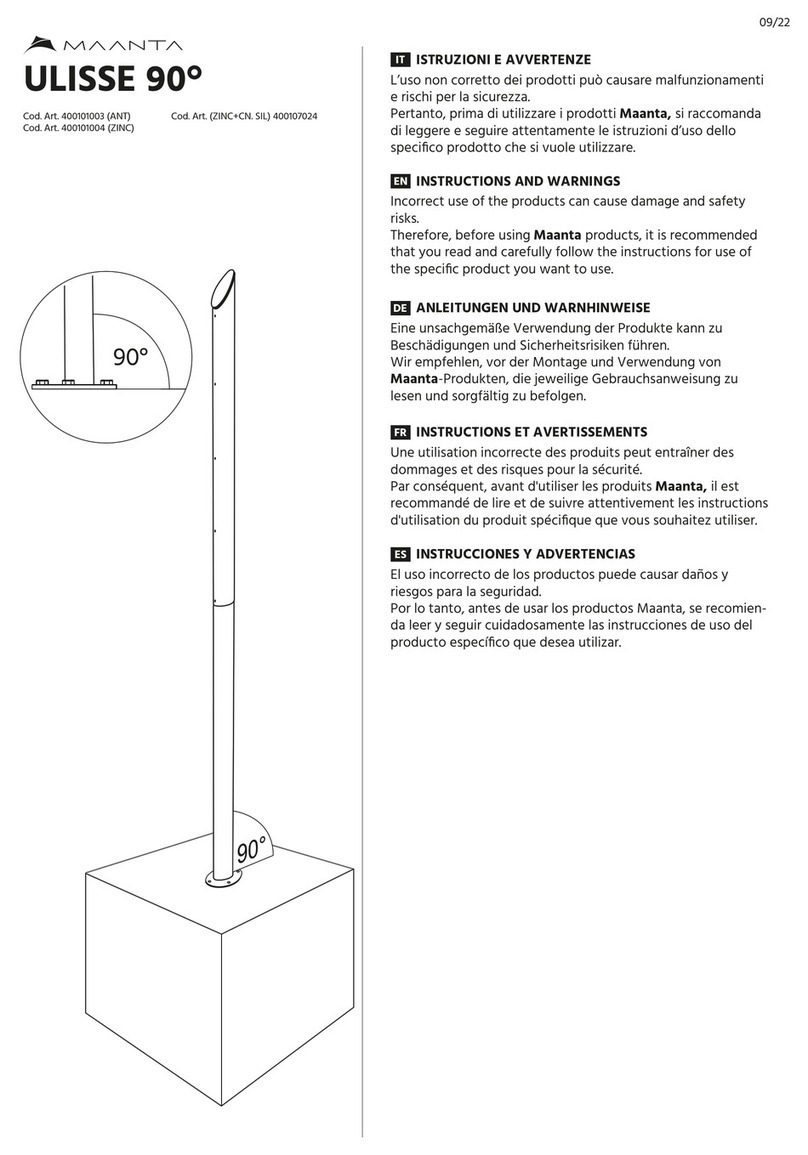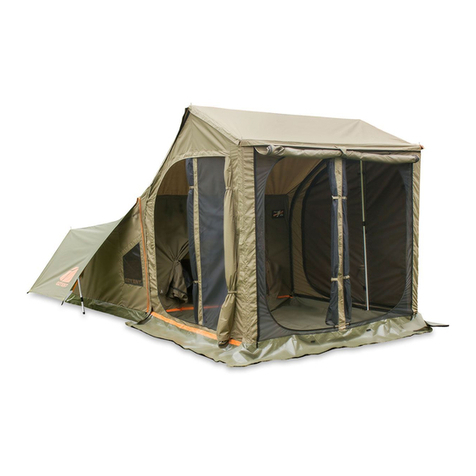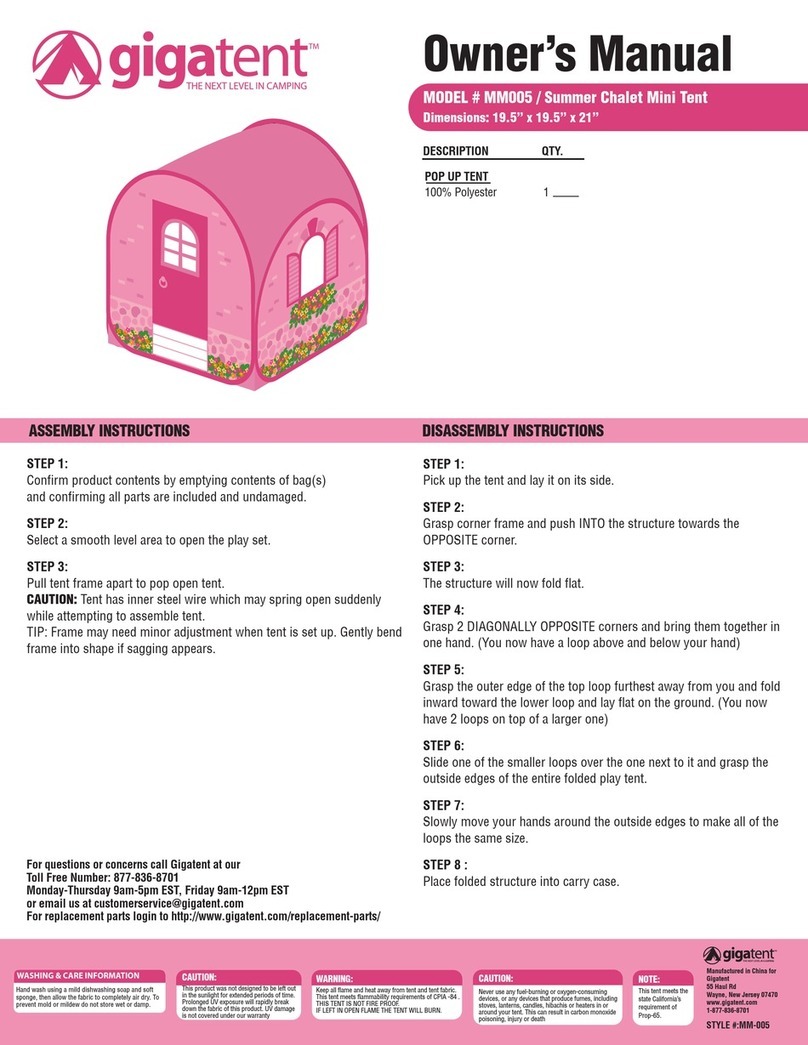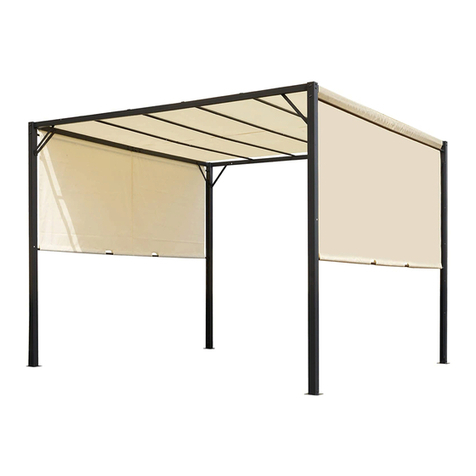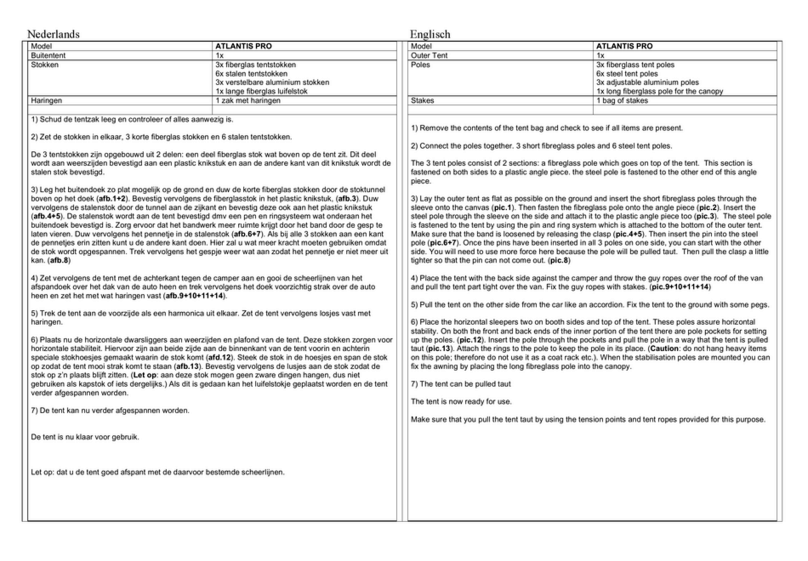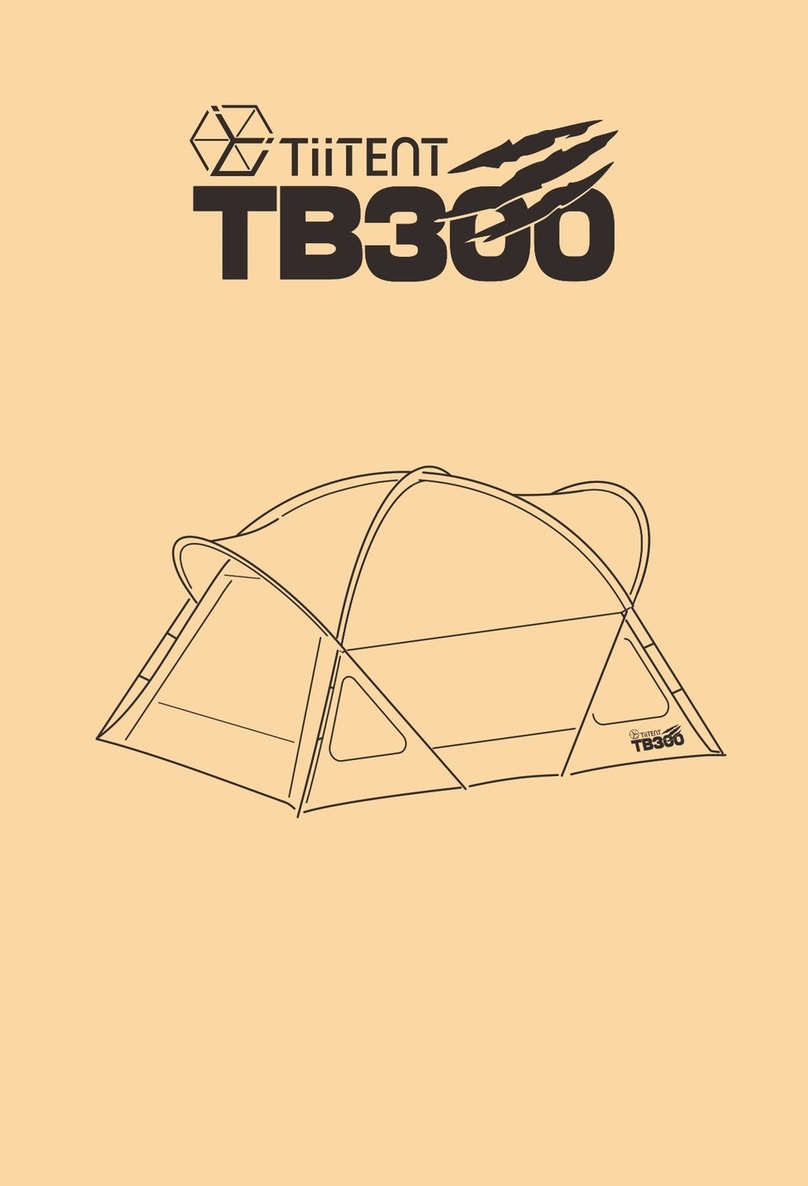
1
This document remains the property of FBHS (Aust) Pty Ltd
Feb 201 – Version 2
TableofContents
Introduction ............................................................................................................................................ 2
Components ............................................................................................................................................
Step 1 – Marking out the Perimeter of the Carport ...............................................................................
Step 2a – Footing Set-Out for Concrete Block Pad Footing ....................................................................
Step 2b – Footing Set-Out for Concrete Slab .......................................................................................... 4
Step – Preparation of Carport Posts .................................................................................................... 5
Step 4 – Post Sleeve on Base Plate Set-out............................................................................................. 6
Step 5 – Preparation of Rafters ............................................................................................................... 7
Step 6 – Assemble and Stand the Carport Post and the Rafter .............................................................. 8
Step 7 – Fixing of the Beam .................................................................................................................... 9
Step 8 – Fixing of Roof Purlins ................................................................................................................ 9
Step 9 – Plumb the Posts ........................................................................................................................ 9
Step 10 – Fix Base Plate Permanently ..................................................................................................... 9
Step 11 – Carport Frame to be Square ................................................................................................. 10
Step 12 – Complete Fixing of the Frame ............................................................................................... 10
Step 1 – Gusset Plate Knee Brace ....................................................................................................... 11
Step 14 – Fit Roof Sheeting ................................................................................................................... 12
Step 15 – Fit Gutters and Flashings ....................................................................................................... 1
Step 16 – Cut and fit downpipes ........................................................................................................... 1
Step 17 – Finish ..................................................................................................................................... 1

